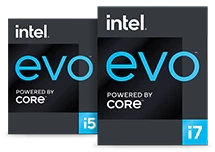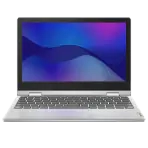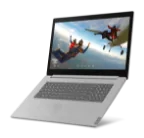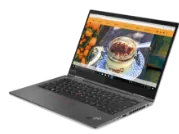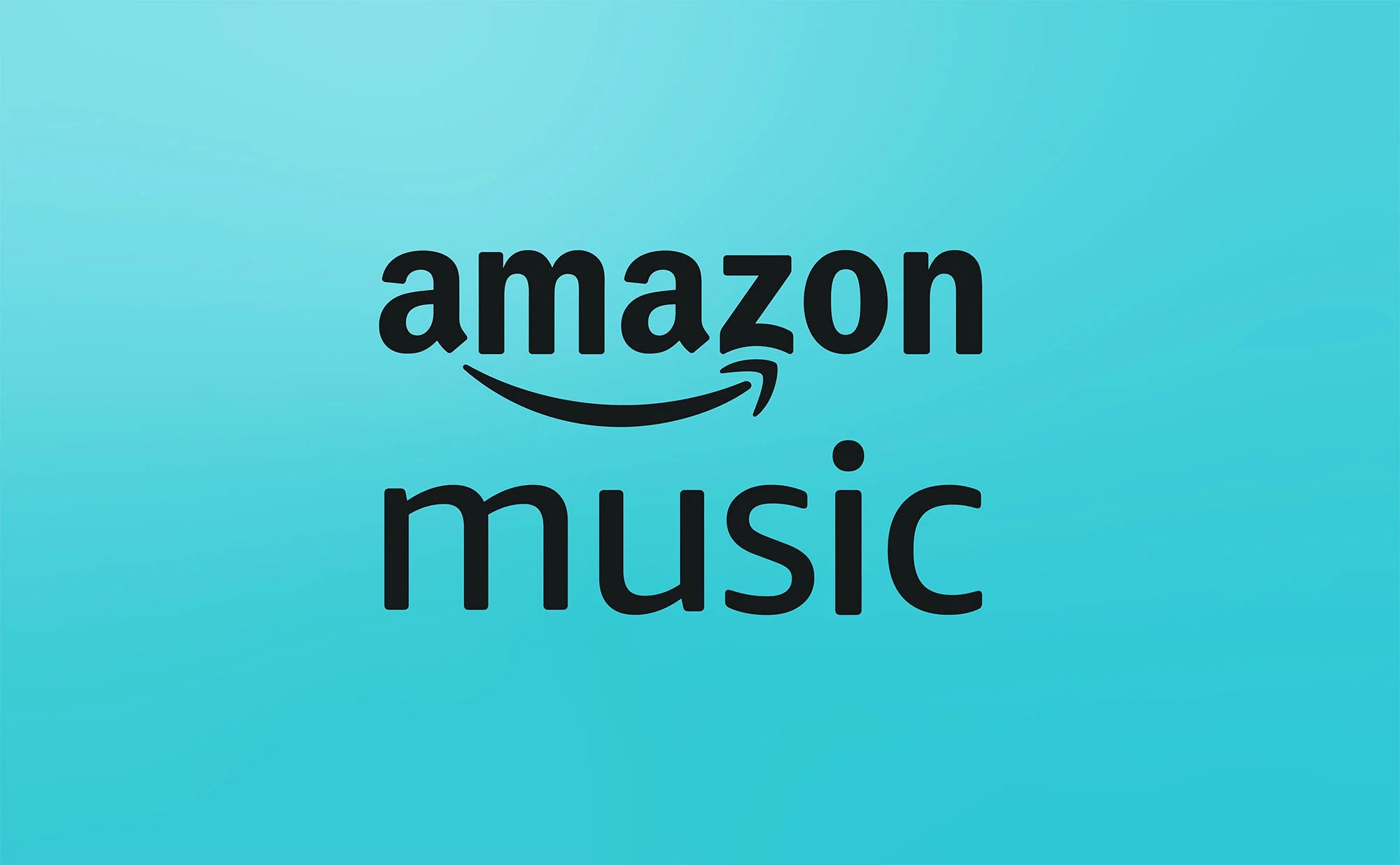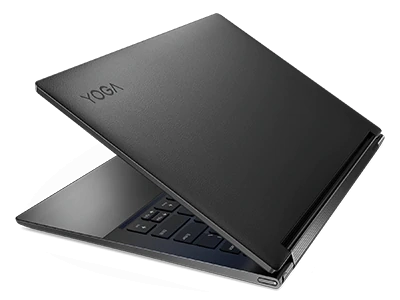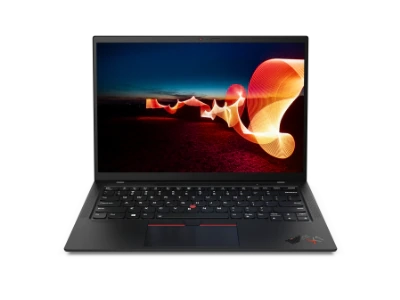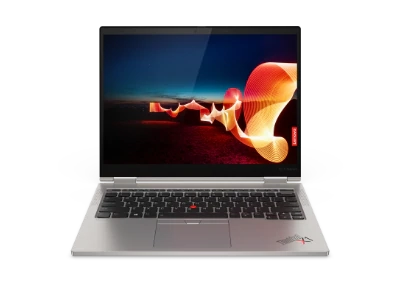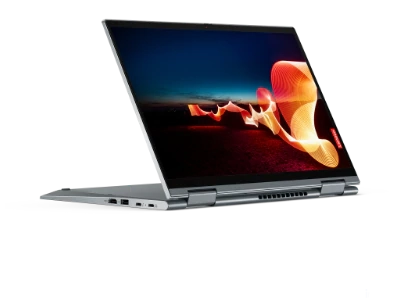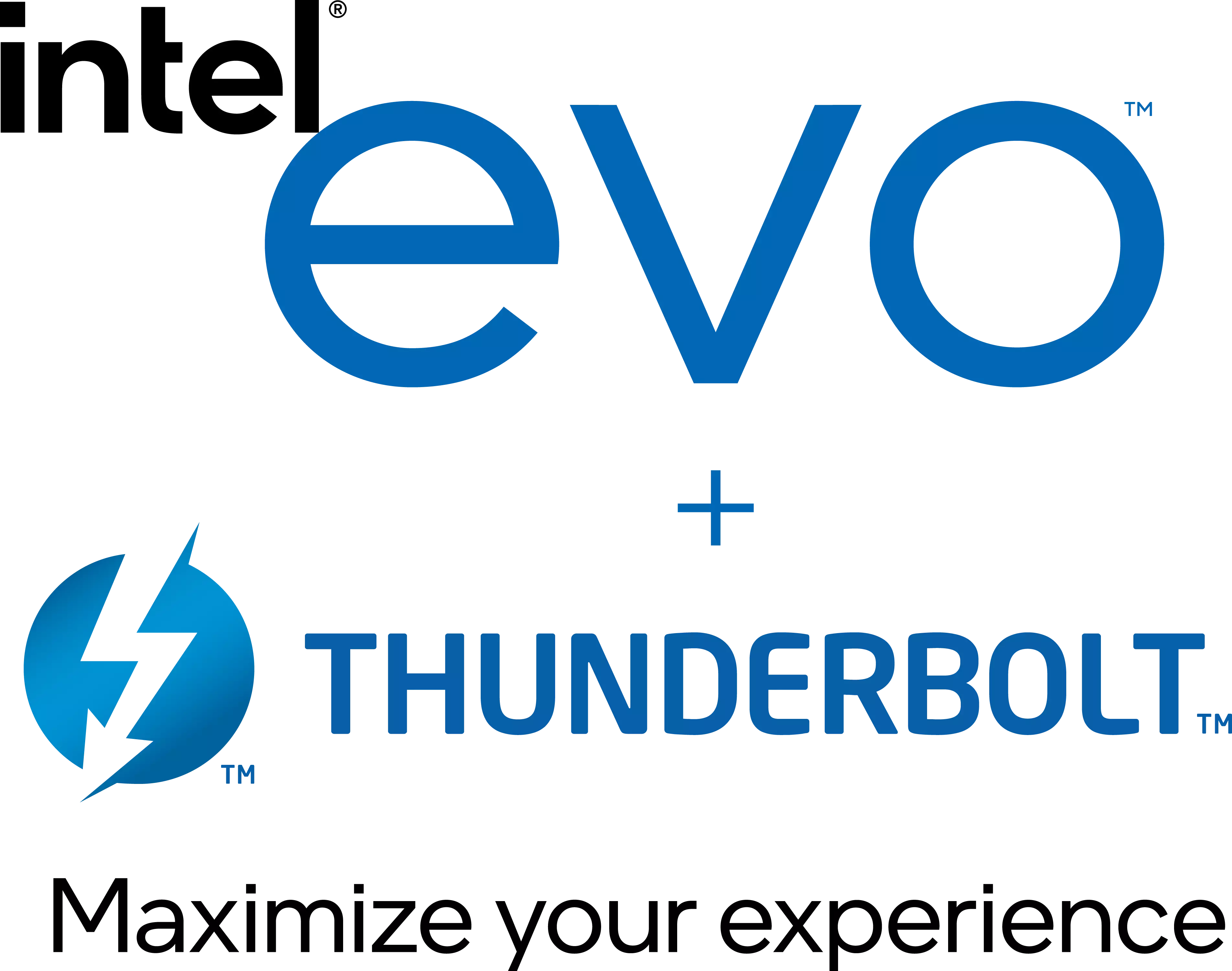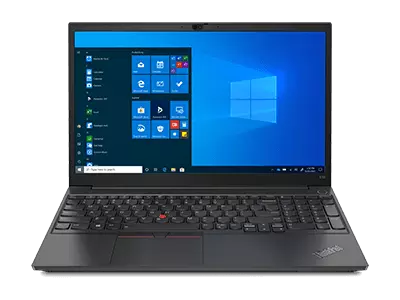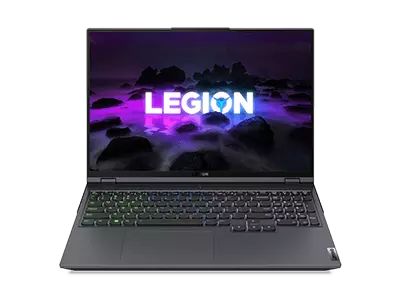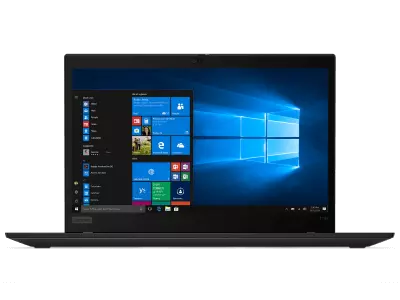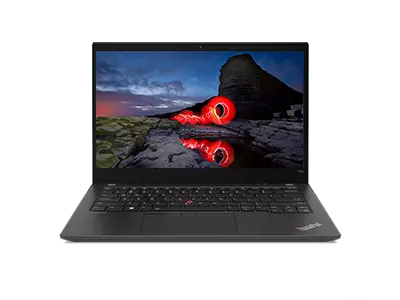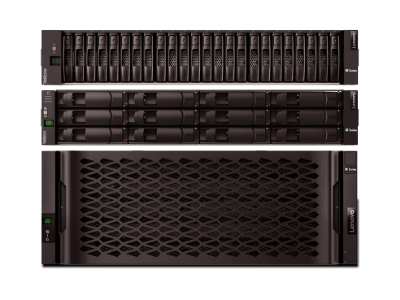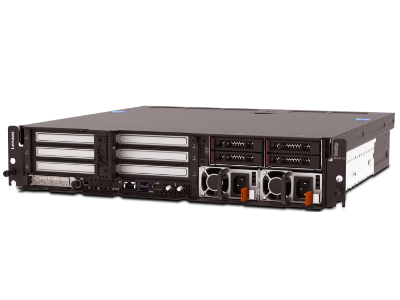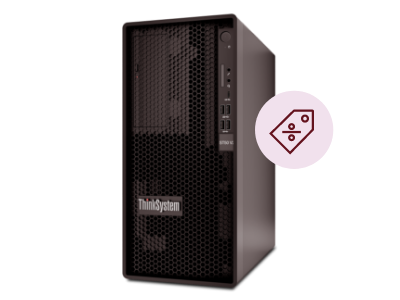-

 Accessibility
Accessibility -

 Contact Us
Contact UsSales:
Order Support:
-

 Rewards
Rewards -

 Account
Account -

 Cart
Cart -
Shop the public website: Lenovo.com
|
-
LenovoPRO Small Business Store
|
-

 Accessibility
Accessibility -

 Contact
ContactHelp placing an order
Business order help
Existing order help
-

 Rewards
Rewards -

 Account
Account -

 Cart
Cart
-
LenovoPRO Small Business Store
|
-

 Accessibility
Accessibility -

 Locator
Locator -

 Contact Us
Contact UsHelp placing an order
Business order help
Existing order help
-

 Rewards
Rewards -

 Account
Account -

 Cart
Cart
-
LenovoPRO Small Business Store
|
-

 Accessibility
Accessibility -

 Contact
ContactHelp placing an order
Business order help
Existing order help
-

 Rewards
Rewards -

 Account
Account -

 Cart
Cart
-
LenovoPRO Small Business Store
|
-

 Accessibility
Accessibility -

 Contact
ContactHelp placing an order
Business order help
Existing order help
-

 Rewards
Rewards -

 Account
Account -

 Cart
Cart
How do I upgrade to Windows 8 from a previous version of Windows?
The official word from Microsoft Windows is that a Windows 8.1 or Windows RT 8.1 update provides “enhancements in personalization, search apps, the Windows Store, cloud connectivity, security, and reliability.” Upgrade to Windows 8.1 from Windows 8 for free in the Windows Store.
System requirements for Windows 8.1 are basically the same as Windows 8 requirements. You will not lose files, desktop apps, user accounts and settings. Existing built-in apps may be updated or replaced. Existing Windows Store apps can be re-installed after the update is completed. Apps you own will be available in the Your apps sections in Windows Store.
Prepare your PC by backing up files and setting up File History. Also, check that you have enough disk space. The 32-bit version of Windows 8.1 requires 3 GB of available space, and the 64-bit version of Windows 8.1 requires 3.85 GB of available space. Stay connected to the Internet, keep your device plugged in, install critical updates and temporarily turn off antivirus software.
On the Start screen, click the Store tile to access the Windows Store. Click Windows 8.1 update, and then click Download. You can still work on your PC while the update downloads. Disk space, app and device compatibility and required updates will be checked automatically.
After the download is complete, restart your PC, choose your settings and sign in. After setting up your Microsoft account and establishing SkyDrive cloud storage settings, you’ll see a new Start screen where you can start to explore new Windows.
If you are updating to Windows 8.1 from Windows 7, Upgrade Assistant will run a compatibility report and guide you through the process. You can also buy Windows 8.1 on DVD as an alternative to an online upgrade. After you download Upgrade Assistant and run a free compatibility report, you will choose what to keep and what files to back up.
Upgrade Assistant will tell you when your PC is ready for the Windows 8.1 upgrade. It will recommend an edition to buy and download it with step-by-step installation.
Visit the Support page on Windows.Microsoft.com and click on Installation for Windows 8.1 upgrade details on how to update from Windows 8, Windows 7, Windows Vista or Windows XP.
Can my Lenovo PC run Windows 8?
You will first need to check system requirements to see if your PC is compatible with Windows 8.1. If you are updating from Windows 8 to Windows 8.1, the system requirements are nearly the same. A PC with a Windows 8 installation will likely already be equipped to run Windows 8.1, which you can install for free from the Windows Store.
On Windows.Microsoft.com, click on the Download & Shop page and then Buy Windows. Scroll to System requirements, and click on “See the full system requirements” for a list of system requirements to run Windows 8.1 on your Lenovo PC. You’ll see a checklist of requirements needed to run Windows 8.1, including a processor, RAM, hard disk space and graphics card. A list of additional requirements to use certain features is also available.
If you are upgrading from Windows 7 to Windows 8.1, Upgrade Assistant will serve as a guide throughout the process. After you download and run Upgrade Assistant, it will provide a compatibility report and check to see if current programs and devices will work or not on your PC after the Windows 8.1 upgrade. Upgrade Assistant will explain how you can get certain apps and devices working again. Choose what to keep, locate programs that will need to be re-installed and back up important files. Upgrade Assistant will tell you if your PC can run Windows 8.1, and then it will recommend an edition and option to buy. On-screen steps will prompt you for downloading and installation.
What are the system requirements for Windows 8?
The system requirements for Windows 8.1 and Windows 8 are listed on Windows.Microsoft.com. Click on Download & Shop, Buy Windows and then See the full system requirements. You’ll see the system requirements your PC needs to run Windows 8.1 and Windows 8, as well as a list of additional requirements to run certain features.
If you are currently running Windows 8 on your PC, your PC will likely already be able to run Windows 8.1 since the system requirements for both operating systems are the same. If you are updating from Windows 7 to Windows 8.1, download and run Upgrade Assistant. Upgrade Assistant will check your system requirements for you and provide a compatibility report. Upgrade Assistant will check to see if your PC will work with a Windows 8.1 upgrade and guide you through the installation process.
Microsoft Windows lists on its website the following system requirements for Windows 8 and 8.1:
- 1 GHz processors or faster with support for PAE, NX and SSE2
- 1 GB RAM (32-bit) or 2 GB RAM (64-bit)
- 16 GB (32-bit) or 20 GB (64-bit) of available hard disk space
- 1024 x 768 screen resolution
Microsoft DirectX 9 graphics processor with WDDM
How do upgrade directly Windows 10?
There are a number of reasons you may want to go straight to Microsoft’s latest operating system, Windows 10, including advanced security, increased speed and a host of new and exciting features.
But first, you’ll need to verify that your system can support Windows 10. Here are the minimum requirements:
- Latest OS: Make sure you're running Windows 7 SP1
- Processor: 1 gigahertz (GHz) or faster processor or SoC
- RAM: 1 gigabyte (GB) for 32-bit or 2 GB for 64-bit
- Hard disk space: 16 GB for 32-bit OS or 20 GB for 64-bit OS
- Hard disk space: 16 GB for 32-bit OS or 20 GB for 64-bit OS
- Display: 800 x 600
Once you’ve verified that your system has the minimum requirements, back up your existing files as described above. You’ll also need to have a license to install Windows 10. If you want to purchase a copy, you can do it here. You can then download and run the media creation tool.
From there:
- On the License terms page, if you accept the license terms, select Accept.
- On the What do you want to do? page, select Upgrade this PC now (if you’re running the tool on the PC you want to upgrade) or Create installation media for another PC (if you are downloading Windows 10 for another PC), and then select Next.
After downloading and installing, the tool will walk you through how to set up Windows 10 on your PC. All Windows 10 editions are available except for the Enterprise edition.
When Windows 10 is ready to install, you’ll see a description of what you’ve chosen, and what apps and files will be kept through the upgrade. You can select Change what to keep if you want to Keep personal files and apps, Keep personal files only or Keep Nothing during the upgrade.
Save and close any open apps and files you may be running, and when you’re ready, select Install.
It will take time to install Windows 10 and your PC will restart a few times. Make sure you don’t turn off your PC during the installation process.
Where on Lenovo.com can I find a Windows 10 PC, laptop or tablet?
Of course, after careful consideration you may decide that it would be more advantageous to simply purchase a new laptop, PC or tablet with Windows 10 already installed. Lenovo offers a wide selection of Windows 10 desktop PCs, Windows 10 laptops and Windows 10 tablets.
For premium performance and legendary reliability, Thinkpad Laptops will be the PCs for you. Lenovo’s ThinkBook Series Laptops feature a stylish design, and E-Series Laptops have a value-oriented price and entry-level features. If you’re looking for a desktop PC for the home office, Lenovo’s ThinkCentre Desktops & All-in-Ones are great for those on a budget while its Yoga Series are just the ticket for power users.
The Lenovo Advantage
There are so many ways you can save a bundle at Lenovo with regular deals on new laptops, desktops, tablets and electronic devices. Plus, take advantage of our price match guarantee and financing options, or additional savings with exclusive Lenovo coupons.
If you’re a small business owner, you can take advantage of additional business benefits and savings by signing up for a free Lenovo Pro membership.
If you’re a student, teacher, healthcare worker, military member or senior, verify safely through ID.me to validate your eligibility for additional discounts when you buy.
Don’t forget to sign up to My Lenovo Rewards and Smart Family before you buy to earn rewards that can be applied to future purchases.
And at Lenovo, we also have a special trade-in program for users of outdated laptops, computers and other electronics looking to trade up into a modern device.
And for businesses, students and gamers, join one our free Lenovo online communities for SMB, education or gaming. Get connected with your peers, stay engaged, learn and share.
Don’t miss all these opportunities to save plus free shipping on all products.

